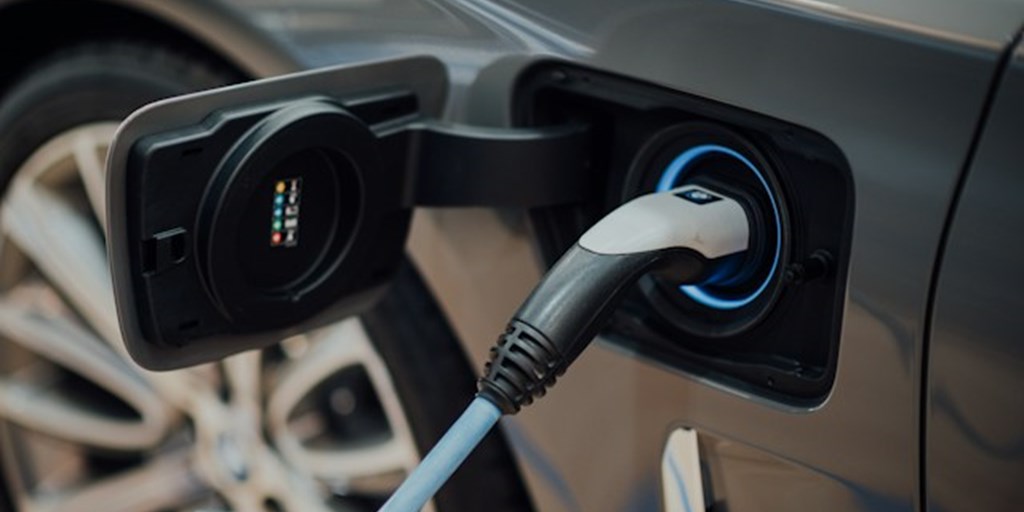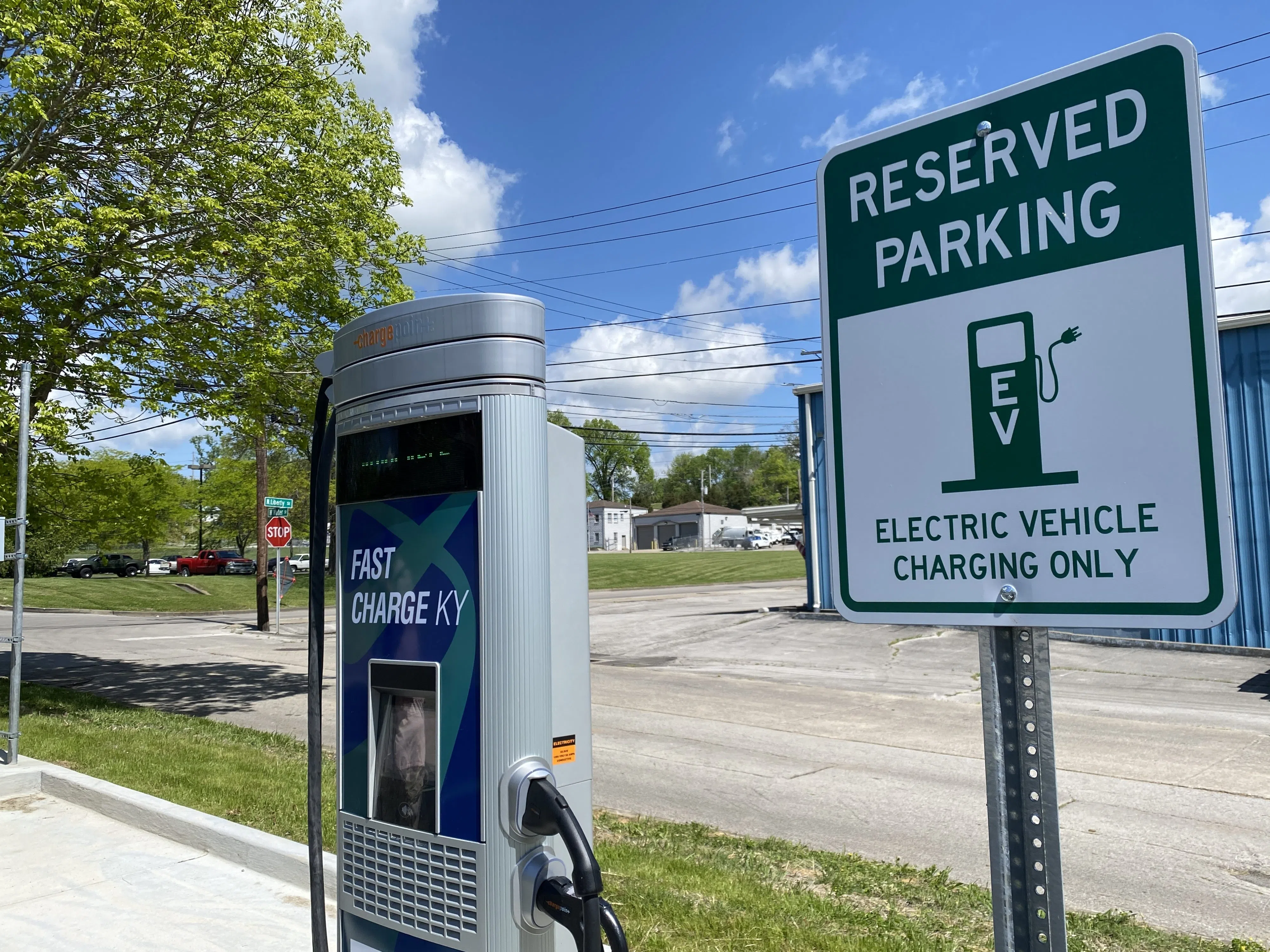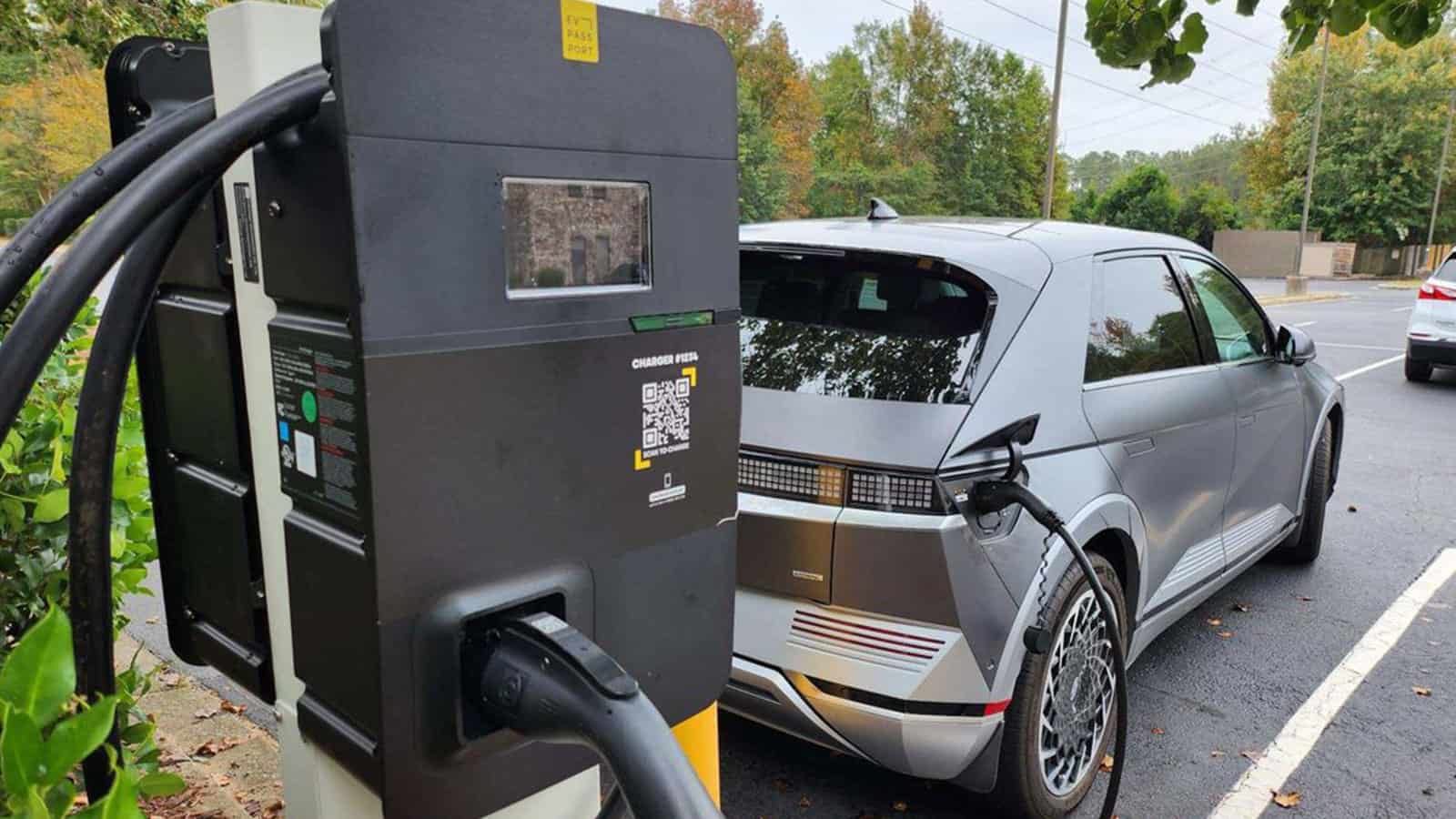Top EV Charging Information: Key Updates on Facilities and Advancement

Recent Advancements in Fast-Charging Modern Technology

Furthermore, advancements in battery modern technology, including enhanced thermal monitoring systems and higher power thickness batteries, complement fast-charging capacities. These developments alleviate the threat of battery deterioration throughout quick charging, making certain durability and efficiency for EV owners.
Furthermore, the assimilation of smart charging options is boosting user experience, allowing real-time tracking and dynamic prices versions. EV Charging news. This adaptability allows chauffeurs to maximize billing expenses and times based upon grid demand
As car manufacturers remain to purchase fast-charging networks, the collaboration in between industry stakeholders is vital. Collaborations between charging terminal providers and automobile makers are leading the means for extensive insurance coverage, ultimately fostering a more robust EV community. These improvements are essential in sustaining the transition to sustainable transportation.
Government Initiatives for Charging Development
Federal government efforts play an essential duty in the development of electrical automobile (EV) billing facilities, assisting in the transition to sustainable transportation. Various government and state programs are being applied to boost billing availability, lower the financial burden on customers, and advertise the adoption of electric lorries.
Especially, the united state federal government has actually assigned significant financing via the Facilities Investment and Jobs Act, which allocates $7.5 billion for EV charging network development throughout the nation. This funding is intended at deploying thousands of new billing terminals, especially in underserved locations, consequently dealing with range anxiousness amongst prospective EV buyers.
In addition, various states are enacting regulation to improve the allowing procedure for charging station installations, which is crucial for accelerating deployment. Rewards such as tax credit scores and rebates for both consumers and businesses are likewise being introduced to urge the setup of billing infrastructure.
In addition, public-private partnerships are significantly becoming an emphasis, leveraging personal financial investment to match federal government funding. These efforts underscore a collective strategy important for building a effective and thorough EV charging network, inevitably adding to a greener and more lasting future.
Cutting-edge Battery Solutions Enhancing Efficiency
Reinventing the landscape of electrical vehicle (EV) innovation, cutting-edge battery services are dramatically boosting efficiency and performance. Developments in battery chemistry, specifically with lithium-sulfur and solid-state batteries, are leading to boosted power density, which allows for longer varieties and faster charging times. These new battery kinds have the possible to outperform traditional lithium-ion batteries by using greater abilities while lowering weight, therefore improving total vehicle effectiveness.
Furthermore, advancements in battery administration systems (BMS) are enhancing power usage and prolonging battery life-span. Smart formulas keep an eye on battery health and wellness and efficiency, allowing real-time modifications to charging and discharging processes. This not just boosts the performance of the battery yet likewise ensures a much more trustworthy and sustainable energy source for EVs.
Furthermore, the combination of recycling innovations is dealing with the environmental influence of battery manufacturing and disposal. Developments in second-life applications for EV batteries are facilitating their usage in power storage systems, contributing get more to a round economic situation.
As these ingenious battery services continue to advance, they assure to transform the EV market, making electric lorries a lot more available and appealing to a wider target market while supporting international sustainability goals.

Partnership In Between Automakers and Billing Networks
Recognizing the important demand for a durable billing framework, automakers are progressively working together with billing network carriers to boost the EV possession experience (EV Charging news). These collaborations intend to develop a smooth billing ecological community that profits customers and sustains the change to electrical automobiles
Significant vehicle brand names are joining forces with recognized charging networks to expand their charging terminal insurance coverage, making certain vehicle drivers have accessibility to trusted and hassle-free charging options. For instance, partnerships with networks like ChargePoint and Electrify America allow car manufacturers to incorporate charging services straight right into their cars' navigation systems, directing users to the nearby stations and supplying real-time availability updates.
Additionally, these cooperations commonly lead to the growth of fast-charging innovations websites that considerably reduce the moment needed to reenergize an EV. By pooling sources and know-how, automakers and billing networks can introduce much faster, producing remedies that satisfy the expanding demand for electrical wheelchair.
In addition, joint campaigns may additionally lead to even more standard charging methods, which can reduce customer confusion and promote more comprehensive EV adoption. Generally, these strategic alliances are crucial in building a easy to use and reliable billing infrastructure that satisfies the demands of an expanding electric automobile market.
Obstacles Dealing With EV Billing Framework
As the electrical vehicle market remains to expand, numerous difficulties are surfacing that impede the growth of a thorough billing infrastructure. Among the key challenges is the not enough number of charging terminals, particularly in rural and underserved urban areas. This space develops array anxiousness amongst potential EV buyers, discouraging them from making the switch.
Furthermore, the lack of standardization in billing modern technology makes complex the infrastructure landscape. Variations in plug kinds and charging speeds can develop complication for users and increase functional complexities for billing network drivers.
One more pushing concern is the high cost associated with the installment and maintenance of charging stations, which can be a barrier for both exclusive services and public entities. Regulatory obstacles and zoning restrictions can postpone the deployment of charging framework, hindering progression in broadening essential services. Attending to these challenges will certainly be crucial for promoting a durable EV community that sustains the transition to lasting transport.
Conclusion
In final thought, the recurring advancements in EV charging innovation, sustained by substantial federal government initiatives and ingenious battery remedies, are crucial for the expansion and performance of electrical vehicle infrastructure. Collaborations in between car manufacturers and charging companies additionally boost terminal insurance coverage, addressing the growing need for accessible charging options. Despite challenges that persist within the EV charging landscape, these developments signify a positive trajectory towards an extra reliable and lasting electrical automobile environment.
Advancements in charging infrastructure have led to the advancement of ultra-fast battery chargers qualified of supplying up to 350 kW of power, dramatically lowering billing times. Variations in plug types and billing speeds can review create complication for individuals and enhance operational intricacies for billing network operators.In conclusion, the recurring improvements in EV charging technology, sustained by considerable government initiatives and cutting-edge battery options, are essential for the expansion and effectiveness of electric car infrastructure. Cooperations between automakers and billing companies further boost station insurance coverage, attending to the growing need for available billing choices. Despite difficulties that persist within the EV billing landscape, these advancements signify a favorable trajectory in the direction of a much more reliable and sustainable electrical automobile community.